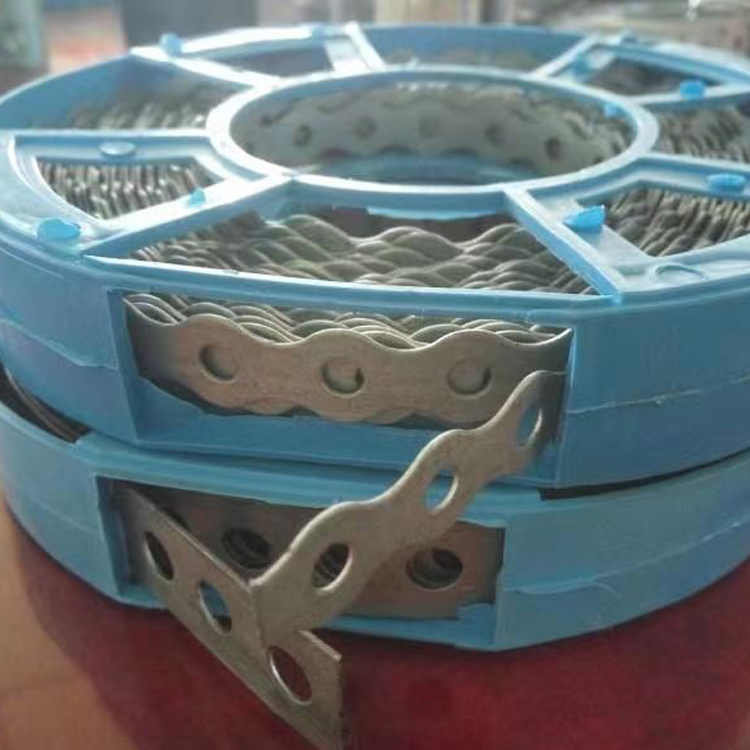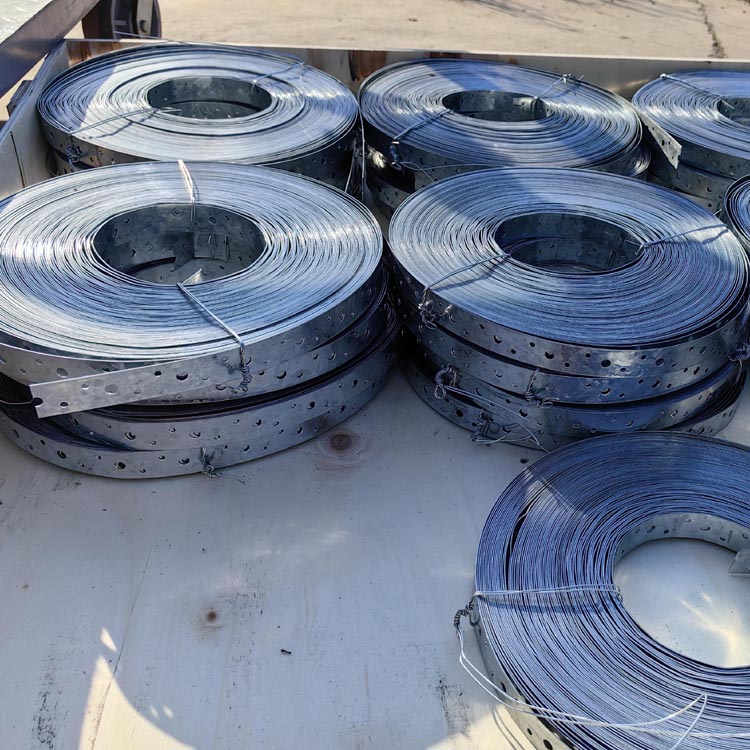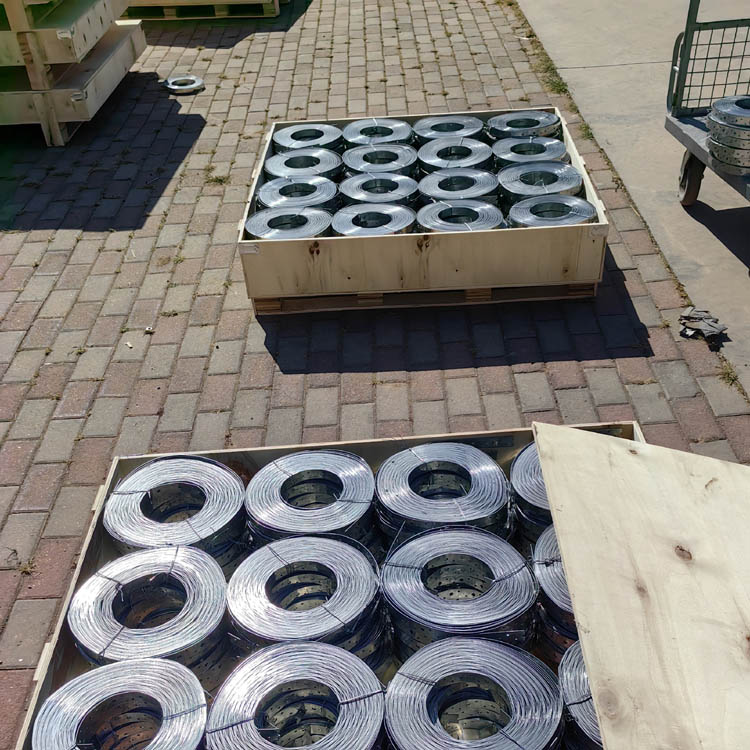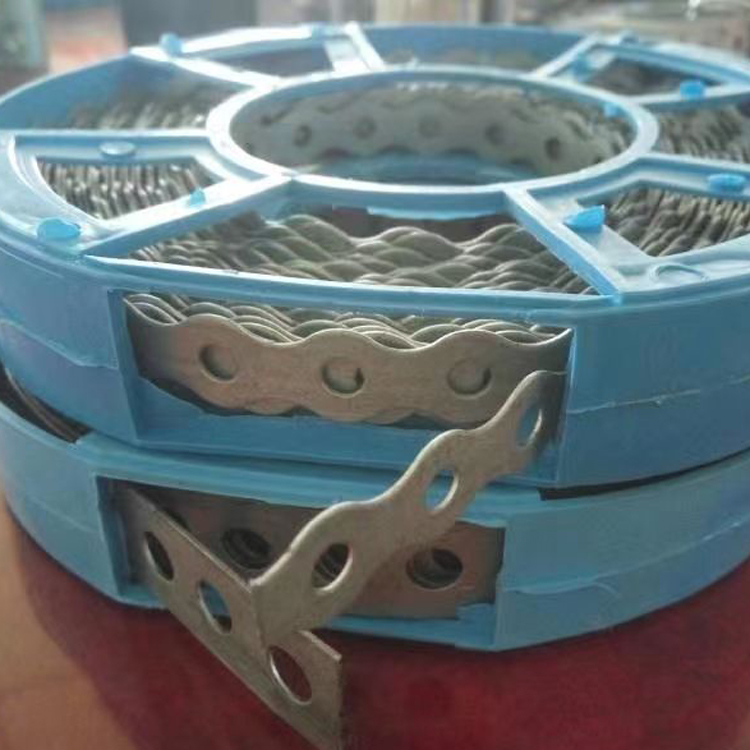Perforated Steel Banding
Perforated Steel Banding also known as perforated band or wavy perforated bands, refers to thin metal strips with holes punched in them at regular intervals. This versatile product has numerous applications in construction, packaging, and more. In this comprehensive guide, we’ll explore everything you need to know about perforated steel bands.
How Perforated Steel Bands Are Made
Perforated steel bands are made from cold rolled steel sheets that undergo a punching process. The sheets are first slit into desired widths, then fed through a machine called a perforator. This device uses a punch and die set to cut evenly spaced holes into the steel ribbon.
The size and spacing of the holes can vary depending on the desired flexibility and strength of the final product. Smaller holes typically allow for more flexibility, while larger holes provide greater strength. Standard hole sizes range from 0.1 inches to 0.5 inches.
After perforating, the steel strips may go through additional processes like degreasing, painting, galvanizing, or adding other coatings to prevent corrosion and rust. The finished perforated bands are then wound onto coils or cut into straight lengths for shipping and use.
Key Properties and Advantages of Perforated Bands
There are several notable properties and advantages that make perforated steel bands useful across many applications:
Flexibility
The holes punched into the steel allow the bands to flex and curve easily without cracking or breaking. This high flexibility enables wrapping and securing objects with tight, clean bends.
Breathability
The perforations allow for airflow and ventilation. This makes the bands suitable for wrapping items that require breathing room like produce, flowers, and more.
Lightweight Strength
Despite being lightweight, perforated bands maintain good tensile strength to securely bind, unite, and reinforce items. The holes remove only small amounts of material so strength loss is minimized.
Customizable
Perforated bands can be customized with different hole sizes, spacings, and layouts to meet specific needs. Galvanizing and coatings also allow corrosion control for different environments.
Cost-Effective
Providing advantages like strength, breathability, and flexibility at low cost, perforated bands deliver excellent value for many applications. Less material is used compared to solid steel bands.
Applications and Uses of Perforated Steel Bands
Thanks to their well-balanced properties, perforated steel bands have diverse uses across many industries:
Construction
Binding rebar and steel frames
Securing wiring, ductwork, and plumbing pipes
Attaching exterior siding and roofing materials
Packaging
Strapping boxes, crates, and pallets
Bundling produce, flowers, and other breathable items
Sealing delivery packages
Industrial
Holding parts, tools, and materials on racks and lines
Attaching tags, signs, and notices in factories and warehouses
Confining insulation on pipes, tanks, and equipment
Crafts
Making decorative accents and ribbons
Forming wreaths, rings, and sculptures
Binding dried flowers and potpourri
Agriculture
Supporting and training crops and tree branches
Securing fencing and anti-bird netting
Bundling hay, straw, and animal feed





